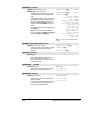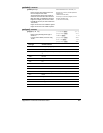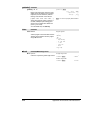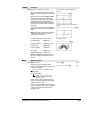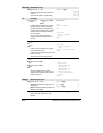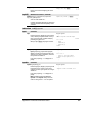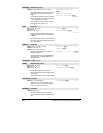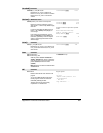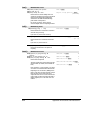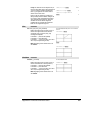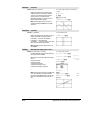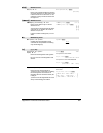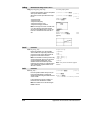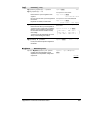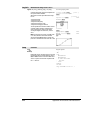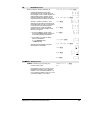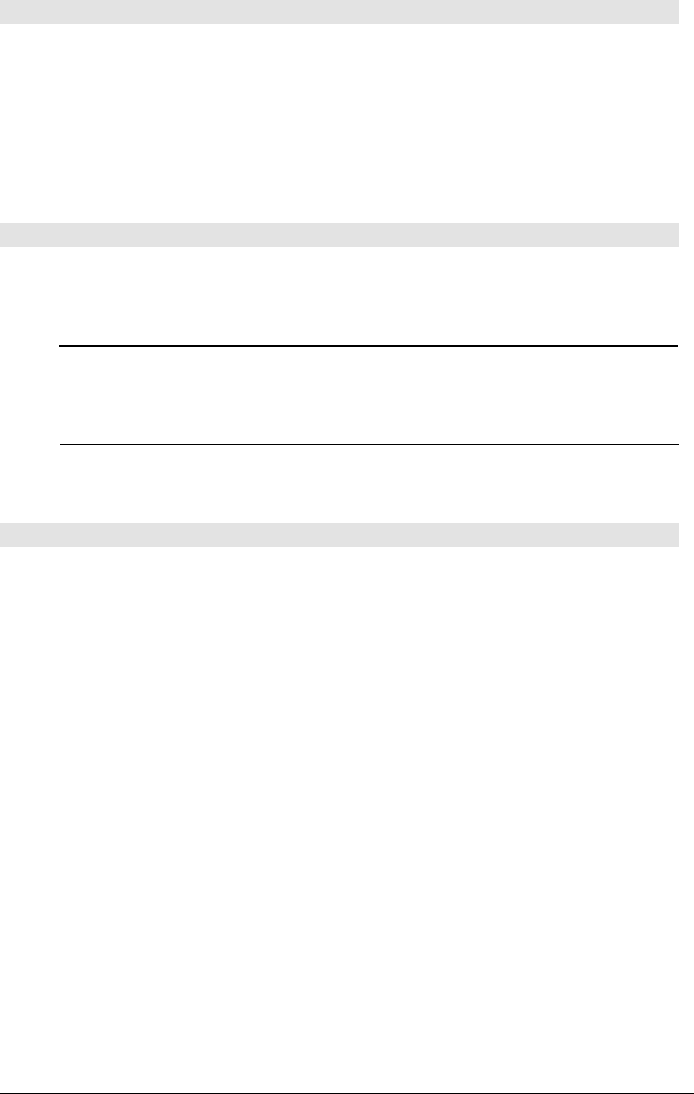
834 Appendix A: Functions and Instructions
lcm() MATH/Number menu
lcm(
number1
,
number2
) ⇒
⇒⇒
⇒
expression
lcm(
list1
,
list2
) ⇒
⇒⇒
⇒
list
lcm(
matrix1
,
matrix2
) ⇒
⇒⇒
⇒
matrix
Returns the least common multiple of the two
arguments. The
lcm of two fractions is the lcm o
f
their numerators divided by the
gcd of their
denominators. The
lcm of fractional floating-
point numbers is their product.
For two lists or matrices, returns the least
common multiples of the corresponding elements.
lcm(6,9) ¸ 18
lcm({1/3,ë 14,16},{2/15,7,5}) ¸
{2/3 14 80}
left() MATH/String menu
left(
sourceString
[,
num
]) ⇒
string
Returns the leftmost
num
characters contained in
character string
sourceString
.
If you omit
num
, returns all of
sourceString
.
left("Hello",2) ¸ "He"
left(
list1
[,
num
]) ⇒
⇒⇒
⇒
list
Returns the leftmost
num
elements contained in
list1
.
If you omit
num
, returns all of
list1
.
left({1,3,ë 2,4},3) ¸
{1 3 ë 2}
left(
comparison
) ⇒
expression
Returns the left-hand side of an equation or
inequality.
left(x<3) ¸ x
limit() MATH/Calculus menu
limit(
expression1
,
var
,
point
[,
direction
]) ⇒
⇒⇒
⇒
expression
limit(
list1
,
var
,
point
[,
direction
]) ⇒
⇒⇒
⇒
list
limit(
matrix1
,
var
,
point
[,
direction
]) ⇒
⇒⇒
⇒
matrix
Returns the limit requested.
direction
: negative=from left, positive=from right,
otherwise=both. (If omitted,
direction
defaults to
both.)
limit(2x+3,x,5) ¸ 13
limit(1/x,x,0,1)
¸ ˆ
limit(sin(x)/x,x,0)
¸ 1
limit((sin(x+h)-sin(x))/h,h,0)
¸
cos(x)
limit((1+1/n)^n,n,ˆ)
¸
e
Limits at positive ˆ and at negative ˆ are always
converted to one-sided limits from the finite side.
Depending on the circumstances, limit() returns
itself or
undef when it cannot determine a unique
limit. This does not necessarily mean that a
unique limit does not exist.
undef means that the
result is either an unknown number with finite or
infinite magnitude, or it is the entire set of such
numbers.



